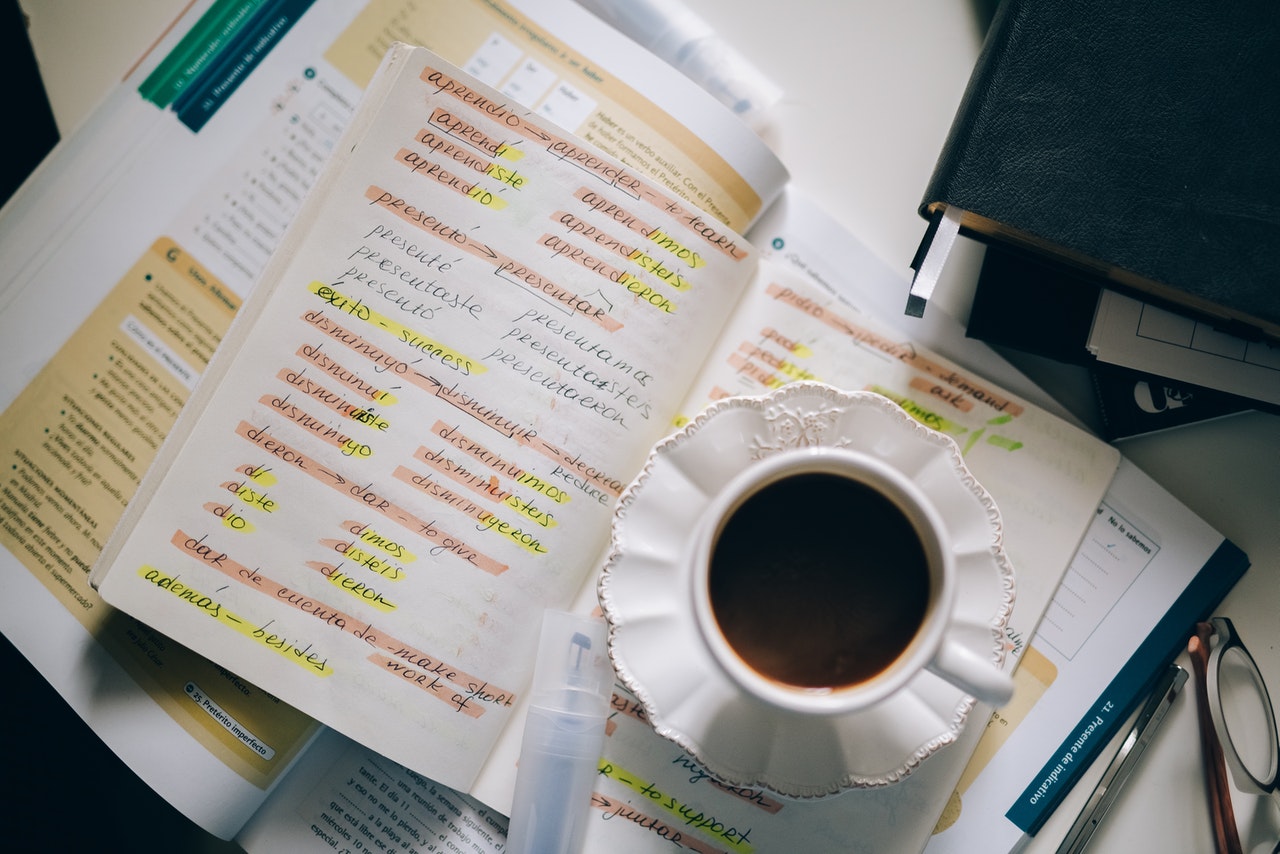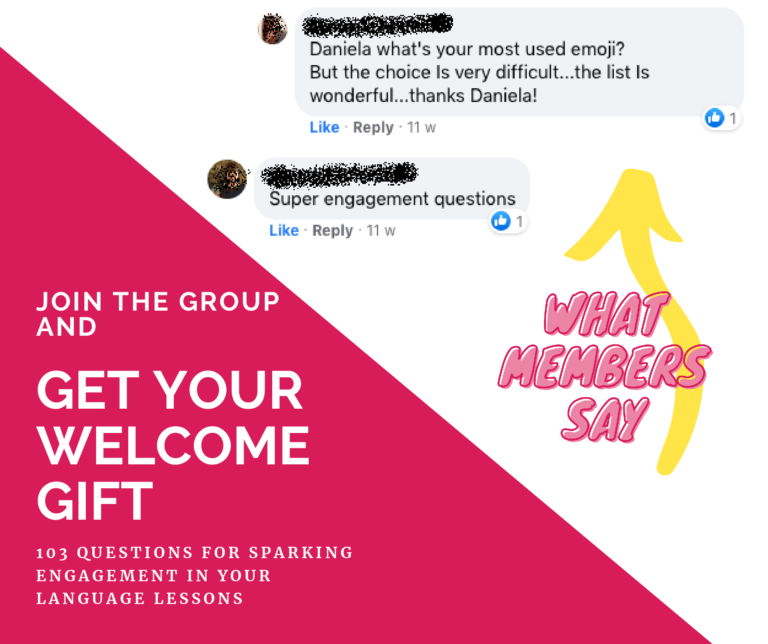
The confusion about how the language acquisition process works leads language teachers to making mistakes in their classes. How does the acquisition cycle work, then, when it comes to learning languages? And how can language teachers put it into their lessons plans?
What is the learning acquisition process?
The learning acquisition process is the way new information (new input) go through our memory and reach the long-term memory. From the neurological point of view, the process is a 4 step cycle. Here it is:
- An input gains our attention and it stands out from the crowd of input. This happens because the content is personally relevant, surprising or contradictory. We are now engaged.
- We watch, reflect about the input, we evaluate it and make sense of it: how it can be useful for solving a problem, or what it can be applied to our real life, for instance.
- We take action by applying the information we learned. We practice. This originates new experience.
- We assess the new experience (what worked, what didn’t work, how we could do better) and adjust according to the output. We now fine tune our personal adaptation of the original information. This personal variant of the input begins the cycle again.
Think about how you learned to drive the car, or to ride the bicycle: you saw people driving or riding, you watched your instructor(s) and pay attention to what they do and how they do it, you practised, you made driving/ riding yours by adapting and testing to the point where you performed driving/ riding your way.
How is the language acquisition process relevant to lesson planning?
The four phases give you a hint of what you ought to include (and to exclude!) in your lessons plans. Let’s play this game: let’s turn the phases of the cycle into trigger questions. By that I mean questions that should help you to look at your lessons plans from a different point of view.
- Incoming information catch our attention (among the vast amount of information, a piece of information gains our attention). In this first phase, you could ask yourself: do I kick off my language classes with questions, statements, quotes, with sharing materials or information that really catch the attention of my students? Those could be resources or materials that activate the creative and emotional functions of your students’ brains. For instance: engagement questions, video-clips, photos or pictures. More general-wise, anything that you know might interest them and that is related to the topic you need to teach. If you are not sure what to start with, you can take inspiration from the list 103 questions for sparking engagement in your language lessons. That is a free resource available to the Facebook Group Independent Language Teachers Collective only and you are warmly invited to join in!
- We observe and think about what happened. The trigger question for you here is: how do I usually introduce new input and how do I facilitate the global comprehension of the new chunks? Ideally, this should be done through activities aiming at getting a global, general comprehension of the topic you want to introduce.
- We take action. The trigger question for you looking at your lessons plans is: how do I take the students to analyse what they have understood in a very general way, how do I walk them through a path where they breakdown the new input and get a deeper, analytical understanding of what they are learning?
- We assess the results of our action and make adjustments. Here the trigger question is: how do I encourage the students to put the new input into use and to keep on doing that until they try to get spontaneous with what they have learnt?
That is what I mean by putting the language acquisition process into the grid of a lesson plan!
An example for language acquisition process put into a lesson plan
I’m going to be very concise about the example here because I really want you to understand that putting the language acquisition process into a lesson plan can be simpler and easier than you probably think. Let’s see an example of language lesson for beginners (I did it in an Italian for foreigners course, but it can be replicated for any languages).
- Phase #1, Question about free time and hobbies. I encouraged all students to talk about their hobbies and interests as much as they could. I let them activate the vocabulary they knew already (a few words, obviously) and to explore the vocabulary they needed to learn. I gave them time for bringing out questions.
- Phase #2, We looked at a few pictures and commented on them. I leaded the conversation because I needed to introduce new vocabulary. Also, I invited them to answer my questions aiming at re-using the new vocabulary and at making sure they got the gist of it.
- Phase #3, We played simple games for consolidating the new vocabulary, the main verbs and the conjugations.
- Phase #4, I encouraged them to have a conversation about their hobbies by putting into use what they’ve been learning.
In phase #4 the students usually got more and more spontaneous and confident in speaking. That was really impressive, considering they were beginner students!
Wrapping up
Remember: it takes 4 phases to our brains to acquire anything and to develop any skills. The most common mistakes many language teachers make actually come from ignoring (or forgetting about) how the language acquisition process works.
Hence, my advice is very simple: bring your lessons plans and make sure you look at them from the perspective of the trigger questions I shared above. I guarantee you’ll make a breakthrough in your classes. Enjoy it!
Want more support?
Join the Facebook group Independent Language Teachers Collective to get daily advice, tons of free training and to branch out with other independent language teachers like you!
ALSO…
Available only for the Collective members: free list 103 question for sparking engagement in your language lessons.
This is what members say about the freebie:

Join in the Collective and grab your welcome gift:


